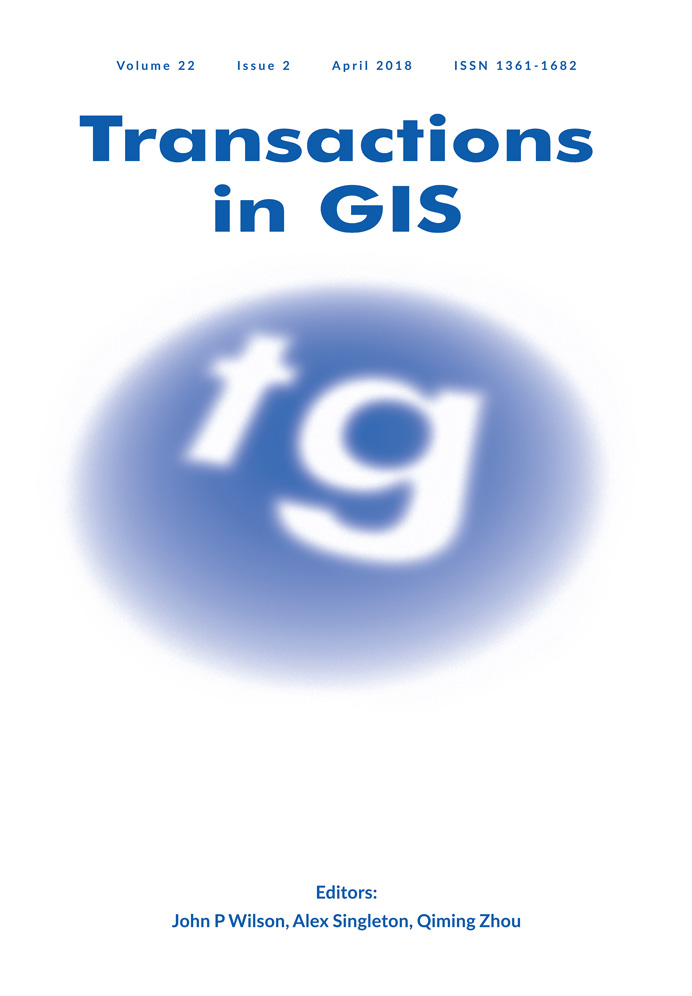New paper: Asymmetric Pedestrian Behaviour
I have just had a new paper published with colleagues at MIT that came about through work we did together while I was visitting the Senseable City Lab
Malleson, N., Vanky, A., Hashemian, B., Santi, P., Verma, S.K., Courtney, T.K., Ratti, C.. (2018). The characteristics of asymmetric pedestrian behavior: A preliminary study using passive smartphone location data. Transactions in GIS. DOI: 10.1111/tgis.12336
Understanding the movements of people is essential for the design and management of urban areas. This article presents a novel approach to understanding the asymmetry in route choice (i.e., the degree to which people choose different walking routes for their outbound and return journeys). The study utilizes a large volume of traces of individual routes, captured using a smartphone application. The routes are aggregated to a regular grid, and matrix statistics are developed to estimate the aggregate degree of route asymmetry for different types of route (shortest, longest, weekday, weekend, etc.). The results suggest that people change their route approximately 15% of the time. Although this varied little when observing trips made at the weekend or on a weekday, people taking journeys that deviated substantially from the shortest possible path were 6 percentage points less likely to change their routes than those taking journeys that were closest to the shortest path (14 and 20% asymmetry, respectively). The absolute length also impacted on the asymmetry of journeys, but not as substantially. This result is important because, for the first time, it reports a correlation between deviation from shortest route and aggregate pedestrian choice.

